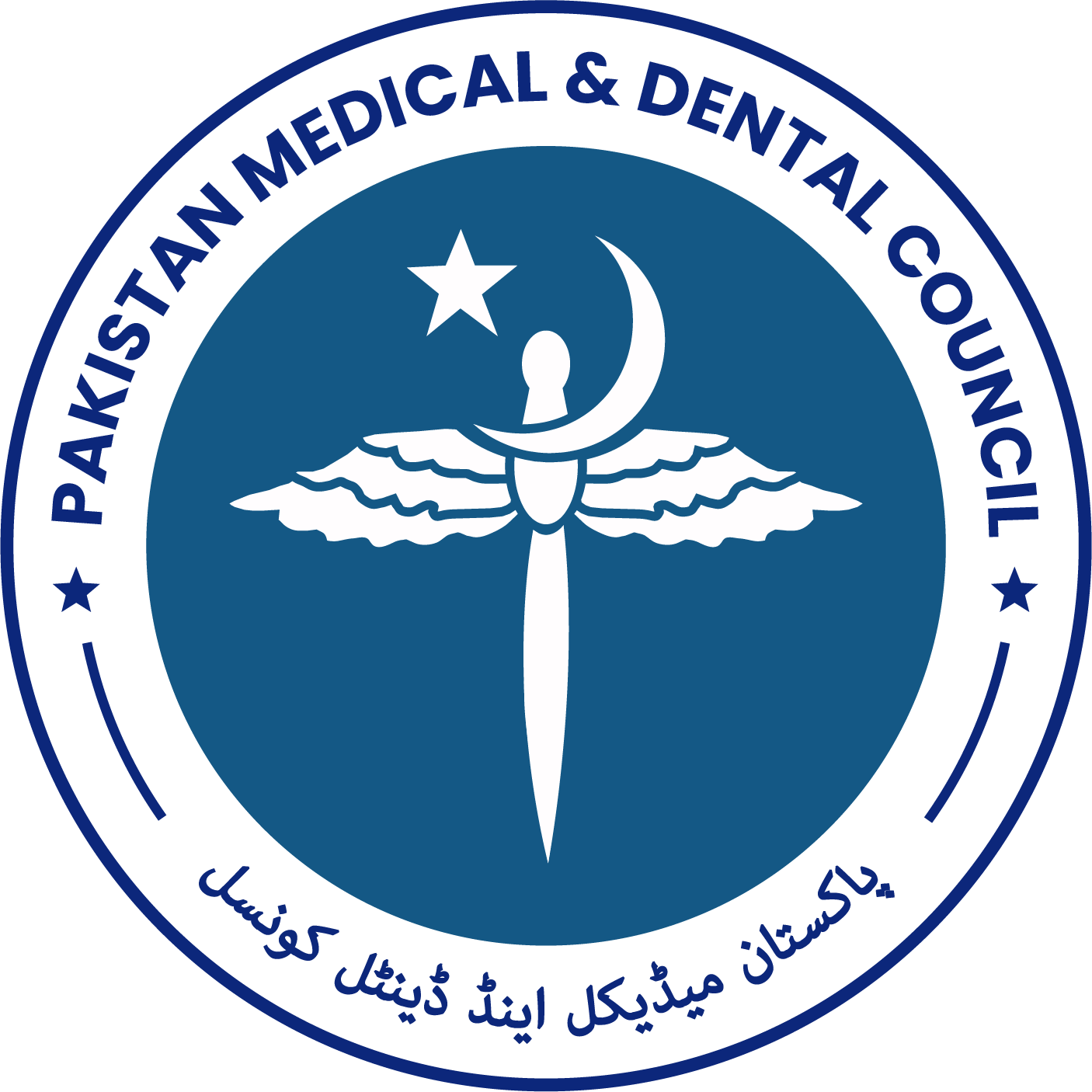Therapeutic Options for Treating Cefotaxime-Resistant Escherichia coli & Klebsiella Species in Resource-Limited Tertiary Care Setup of Rawalpindi: A Retrospective Observational Study
Abstract
Objective: This study aimed to assess potential therapeutic options for Klebsiella pneumoniae and Escherichia
coli isolates resistant to third-generation Cephalosporins.
Study Design: Retrospective observational study.
Place and Duration of Study: This study was conducted at the Department of Pathology, Pakistan Railway
Hospital, Rawalpindi, Pakistan from January 2021 to December 2021.
Methods: Patient samples were congregated from the specified study period and processed in the
microbiology laboratory using standard protocols. Pathogens were identified through Gram staining,
biochemical tests, and antibiotic susceptibility tests via the disk diffusion method following Clinical and
Laboratory Standards Institute (CLSI) guidelines. Data scrutiny was accomplished using Statistical Package for
Social Sciences (SPSS) version 24.
Results: Out of 1,128 clinical specimens, Escherichia coli was recognized as the most recurrently isolated
pathogen (34.66%, N=391), followed by Klebsiella pneumoniae (21.89%, N=247), with Enterococcus faecalis
being the least common (3.10%). Escherichia coli exhibited notable decreased sensitivity to ampicillin (58%),
amoxicillin-clavulanate (34%), cefotaxime (43%), ciprofloxacin (31%), and co-trimoxazole (24%). Similarly,
Klebsiella pneumoniae showed resistance to amoxicillin-clavulanate (58.7%), cefotaxime (49%), and cotrimoxazole (24%). However, both pathogens remained susceptible to Carbapenems, ceftazidime,
Cefoperazone-Sulbactam, tetracycline, Cloxacillin, erythromycin, Aztreonam, Nitrofurantoin, Fosfomycin,
amoxicillin-clavulanate, and chloramphenicol.
Conclusion: The rising resistance of Escherichia coli and Klebsiella pneumoniae to third-generation
Cephalosporins 92 (24%) and 89 (36%), respectively, has been revealed in the present study. Moreover,
quinolones also present significant treatment challenges by showing high resistance among collected isolates.
In contrast, Carbapenems, β-lactam/β-lactamase inhibitor combinations (Piperacillin–Tazobactam) (TZP),
Ceftazidime, Cefoperazone-Sulbactam (SCF), Tetracycline, and Fosfomycin are found as effective alternatives to
combat cefotaxime-resistant pathogens.
How to cite this: Mussarat U, Taj S, Zahra A, Tariq N, Naval A, Bano S. Therapeutic Options for Treating Cefotaxime-Resistant Escherichia coli & Klebsiella Species in Resource-Limited Tertiary Care Setup of Rawalpindi: A Retrospective Observational Study. Life and Science. 2025; 6(3): 411-418. doi: http://doi.org/10.37185/LnS.1.1.871
Copyright (c) 2025 Uzma Mussarat, Shazia Taj, Amal Zahra, Nehaj Tariq, Amatul Naval, Saeeda Bano

This work is licensed under a Creative Commons Attribution-NonCommercial 4.0 International License.

















